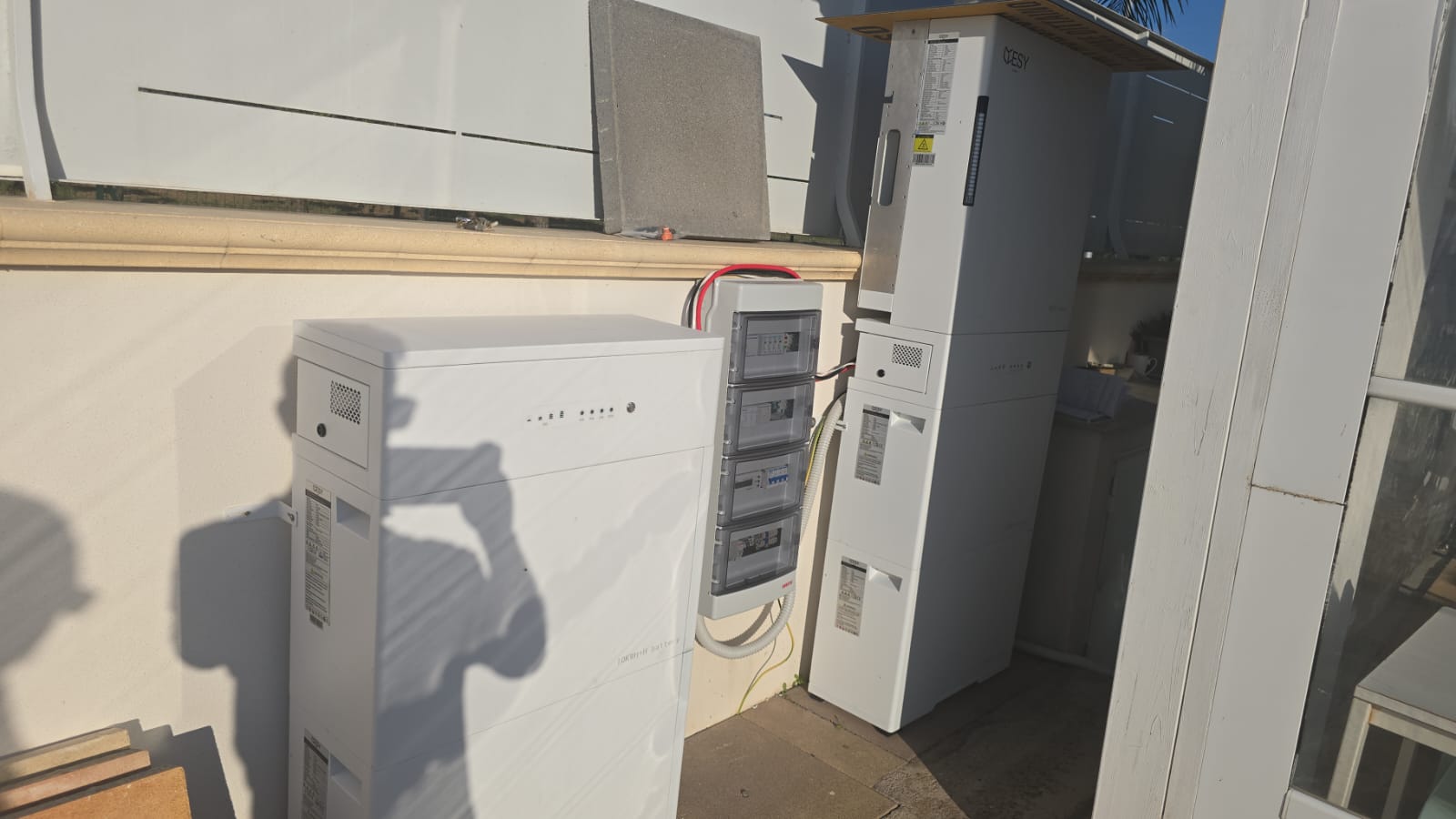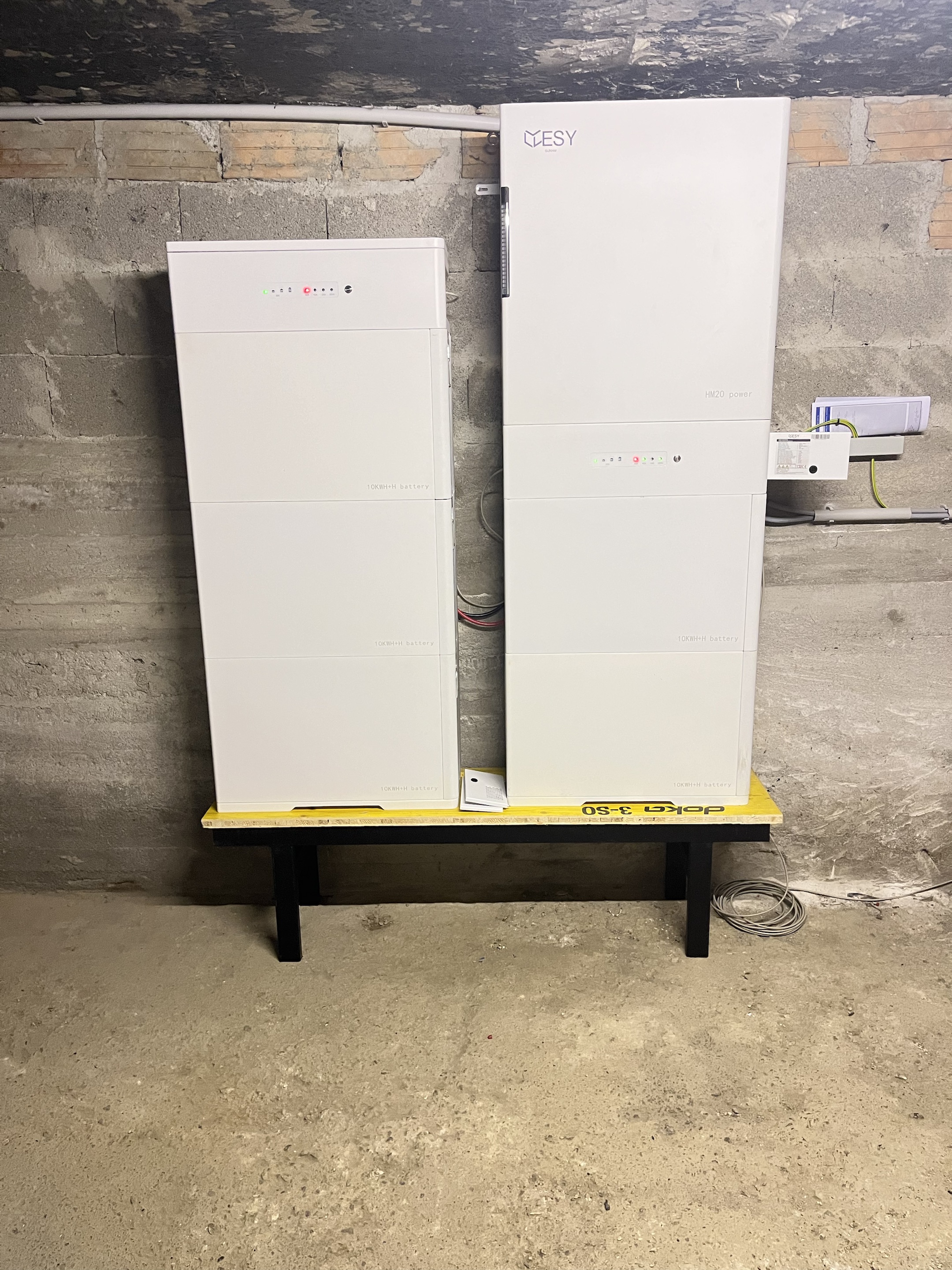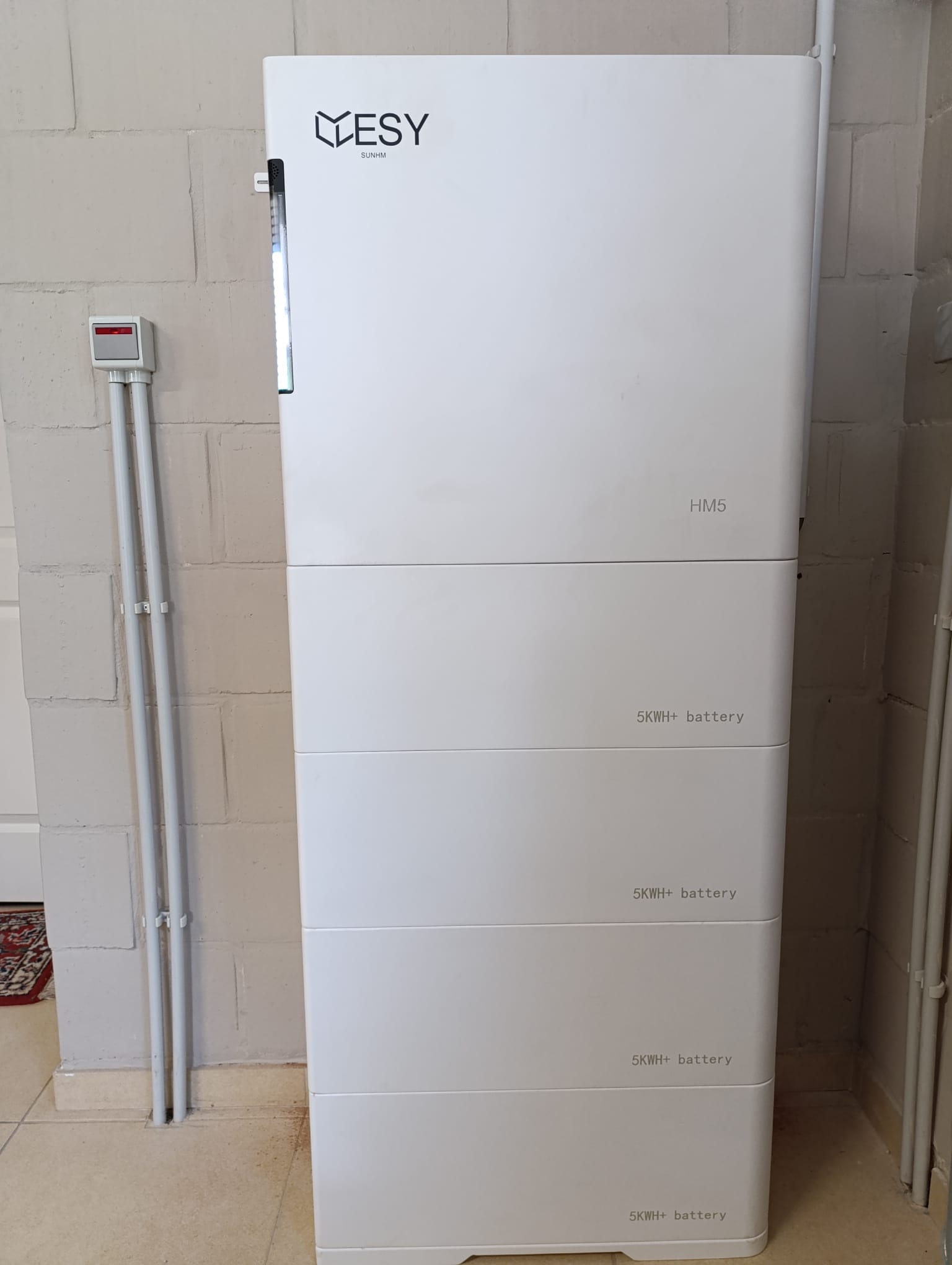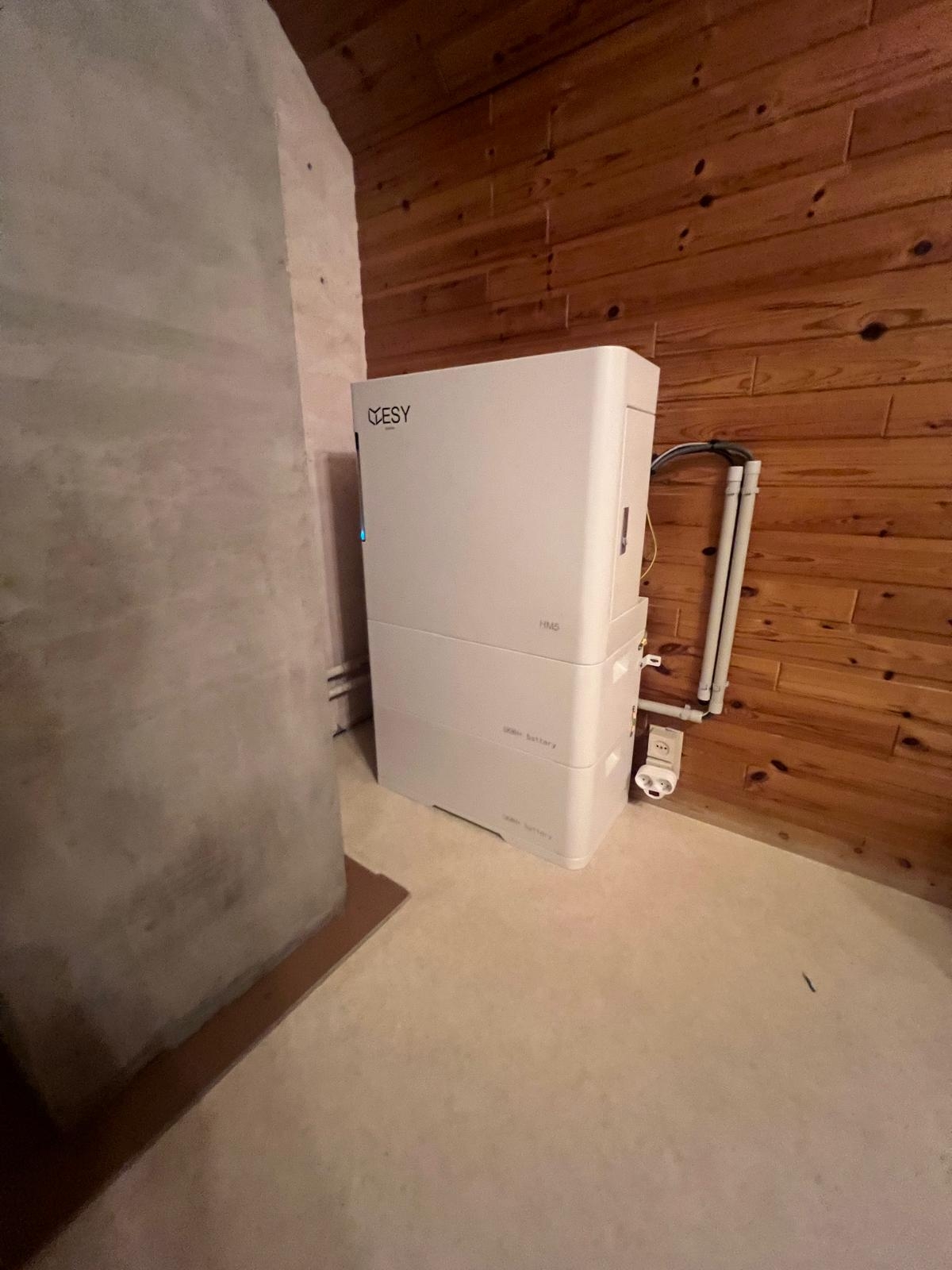Recently, the European electricity market has witnessed a remarkable phenomenon: negative electricity prices. This concept, which may seem perplexing to those unfamiliar with energy markets, means that power producers not only receive no revenue for selling electricity, but they must also pay the grid to accept their surplus power. While this might appear counterintuitive, it reflects the complex reality of supply-demand imbalances and technological limitations in the energy sector. This issue involves both technical challenges and economic and policy factors. The introduction of energy storage systems provides a significant technological breakthrough to alleviate this challenge.
What is Negative Electricity Pricing?
In simple terms, negative electricity pricing occurs when wholesale electricity prices drop below zero. In this situation, power producers are not just forgoing profits; they must pay to sell their electricity to the grid. This typically happens when electricity supply exceeds demand, especially during periods of low demand and high renewable energy generation. Negative prices have been observed in countries like France, Germany, Spain, and the Netherlands.
In traditional markets, prices are determined by supply and demand. When supply exceeds demand, prices usually fall. However, in electricity markets, power generated—whether from wind, solar, or conventional plants—must be immediately delivered to the grid once the generators are operating. Unlike other goods, electricity cannot be stored within the grid itself, leading to a situation where excess supply forces producers to sell at negative prices. In essence, power producers must pay the grid to offload their surplus electricity, ensuring that their plants remain operational.
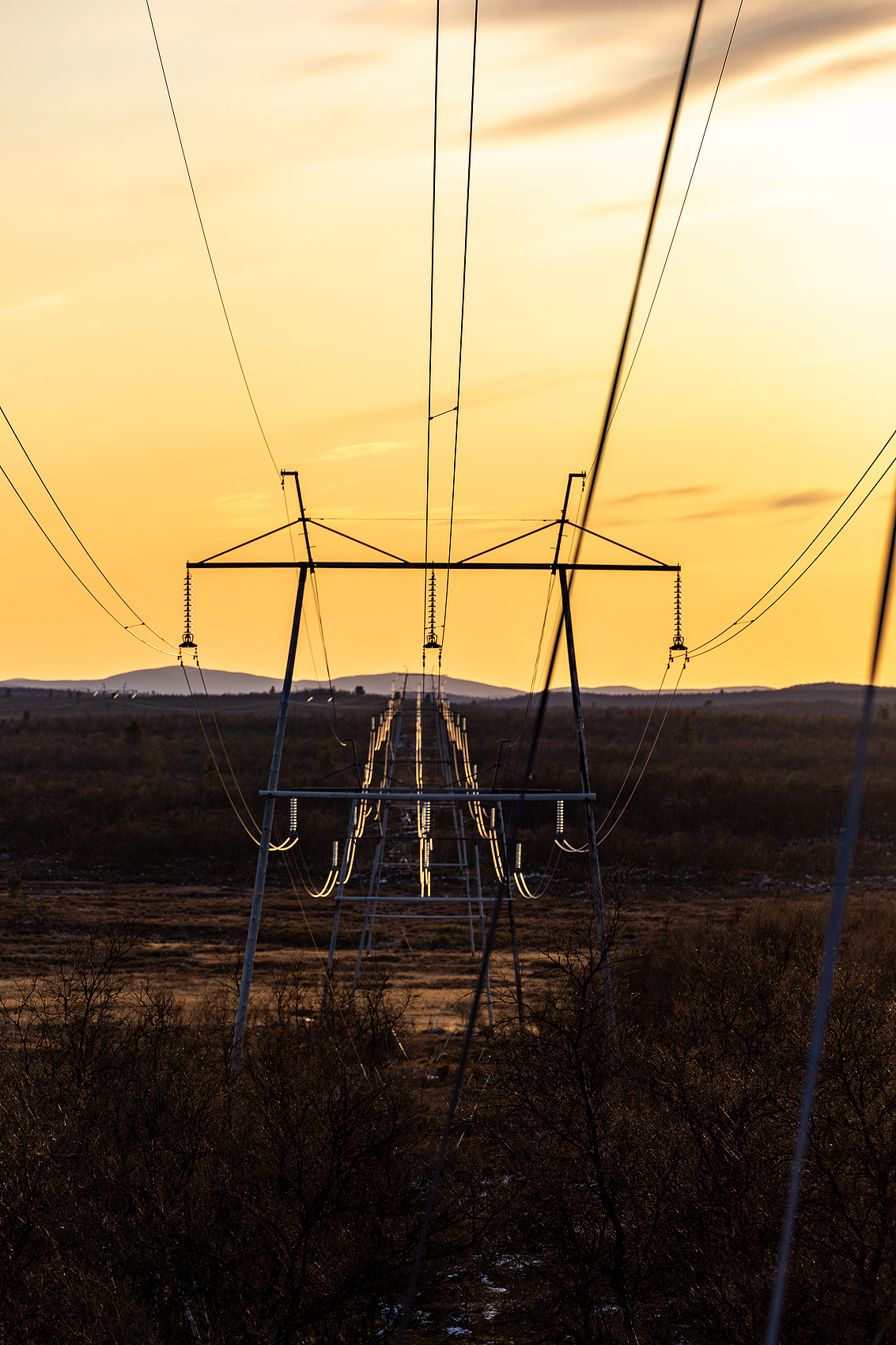
Causes of Negative Electricity Pricing
The primary cause of negative pricing is the imbalance between supply and demand in electricity markets, particularly with the increasing share of renewable energy generation.
Renewable Energy Volatility: Wind and solar power generation are highly dependent on weather conditions, leading to significant fluctuations in output. For instance, during periods of strong winds or abundant sunlight, renewable energy generation can increase rapidly, surpassing market demand and resulting in surplus electricity. This occurs especially during off-peak times, such as at night or on holidays, when the grid cannot absorb the excess energy, thus leading to negative prices.
High Costs of Shutting Down Power Plants: Many large traditional power plants (e.g., coal, gas, and nuclear) avoid shutting down even when there is excess electricity because the costs of starting and stopping these plants are prohibitively high. Shutting down would not only result in lost revenue but also cause supply chain disruptions. As a result, it is more economical for these plants to continue generating electricity and sell it at negative prices rather than bear the costs of shutdown. Furthermore, if a plant ceases operations, it risks losing its supply channels to competitors, exacerbating potential financial losses.
Limited Grid Flexibility: Although electricity grids are efficient at transmitting electricity, they cannot store electricity on a large scale. When electricity production exceeds consumption, the grid must continue transmitting the excess power, as it cannot store it for later use. Consequently, if demand does not keep pace with supply, electricity prices may plummet, sometimes falling into negative territory.

Impact of Negative Prices on End Users
Does the occurrence of negative electricity prices mean that end users—households and factories—can receive free electricity or even get paid to use it? The answer is no. While negative prices directly affect transactions between producers and the grid, they do not translate into free electricity for end users.
Components of Electricity Bills
To understand why negative prices do not benefit end users directly, it is essential to examine the structure of electricity bills, which include several components beyond the cost of electricity generation:
Transmission and Distribution Costs: The maintenance and operation of the grid infrastructure (e.g., transmission lines and substations) involve fixed costs. These costs persist even if wholesale electricity prices turn negative.
Taxes and Policy Fees: Governments often impose taxes and surcharges on electricity bills, such as environmental taxes or renewable energy surcharges. These fees are not tied to fluctuations in wholesale electricity prices and remain constant, regardless of whether electricity prices fall into negative territory.
Retailer Profits: Electricity retailers (who sell electricity to end users) add a margin to cover their operational costs. This margin does not decrease when wholesale prices turn negative.
Thus, even if electricity prices in the wholesale market become negative, end users still pay the standard electricity rates, including transmission costs, taxes, and retailer margins.
Indirect Effects of Negative Prices on End Users
Although negative electricity prices do not directly reduce consumers’ bills, they may have indirect effects on energy consumption habits:
Long-term Price Volatility: If negative pricing becomes a persistent phenomenon, electricity suppliers may adjust their pricing strategies, leading to greater price volatility in the market. Over time, this could influence end users' electricity costs.
Opportunities for Residential Storage Systems: The rise of energy storage systems provides end users with a new way to manage electricity price fluctuations. By installing residential energy storage systems, users can store electricity when prices are low and consume or sell it when prices rise, benefiting from price differentials. This is particularly advantageous in markets where negative prices occur frequently.
Energy Storage Systems: A Solution to Negative Pricing
Energy storage systems are becoming an essential component of modern energy markets to address the challenges posed by negative pricing. Storage technology can absorb excess electricity during periods of surplus and release it when demand increases, thus balancing supply and demand. This capability not only reduces the occurrence of negative prices but also enhances grid stability.
The basic principle of energy storage is to capture surplus electricity and store it until it can be used or sold at a higher price. For example, during periods of excess wind power generation, storage systems can hold the extra electricity and release it when wind speeds decline, providing additional power to the grid. This alleviates pressure on the grid and allows power producers to maximize profits by adopting more flexible pricing strategies.
For end users, particularly households and industrial users, the widespread adoption of storage systems offers new economic opportunities. Users can purchase electricity during periods of low or negative prices, store it, and then use or sell it when prices rise, thereby lowering electricity bills or generating additional revenue. This flexible energy management approach not only saves costs but also gives users greater energy autonomy.
In the context of frequent negative electricity prices currently observed in Europe, renewable energy companies that only produce inverters have limited capacity to address this issue. The primary function of an inverter is to convert direct current (DC) generated by photovoltaic or wind power into usable alternating current (AC). Although inverters are essential equipment in the energy system, they do not have the capability to store energy or regulate grid fluctuations. To more effectively manage negative electricity pricing and address supply-demand imbalances in the grid, a combined solution that integrates both inverters and energy storage systems is necessary.
Inverter Limitations and Storage System Advantages
While inverters play a critical role in converting direct current (DC) from renewable sources to alternating current (AC) for grid use, they cannot store energy. The root cause of negative pricing is excess renewable generation, and without energy storage, inverters cannot address the issue of surplus power. Therefore, companies that offer both inverters and storage systems hold a competitive edge in the market.
Energy storage systems complement inverters by absorbing surplus electricity and releasing it during periods of high demand or higher prices. This combined solution allows for more efficient energy management, reducing pressure on the grid while enabling companies to maximize profits by participating in energy trading.
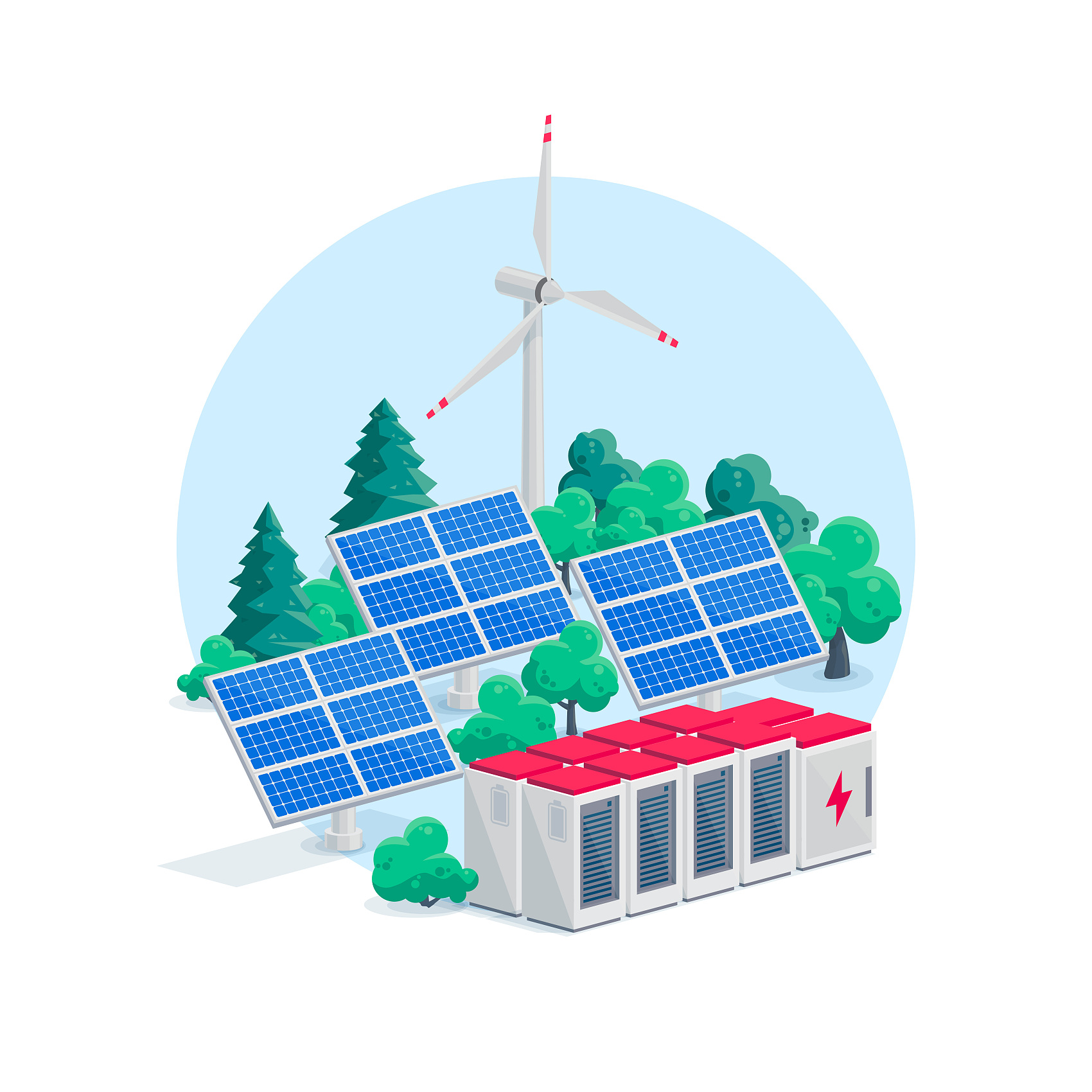
Advantages of Owning an Energy Storage System
In contrast, renewable energy companies with energy storage systems hold a stronger competitive edge. Energy storage systems can absorb excess power during periods of surplus, reducing strain on the grid and subsequently releasing that stored energy when prices are higher. Thus, a company offering inverters, energy storage batteries, as well as residential and commercial storage solutions is better positioned to handle grid instability and market fluctuations in electricity prices.
The following points illustrate why combining inverters with energy storage systems offers a competitive advantage:
Synergy of Inverters and Energy Storage Systems: The integration of inverters and energy storage enables efficient energy management. Energy storage systems not only store excess electricity but also work with inverters to optimize power dispatch, delivering energy precisely when it is needed most. Without storage, inverters can only connect real-time generation to the grid, leaving surplus power unutilized.
Comprehensive Coverage of Residential and Commercial Storage: Having both residential (household) and commercial storage solutions enables companies to address a range of market demands. Residential storage systems help households optimize energy use and reduce electricity costs, while commercial storage systems allow businesses to store energy on a larger scale and participate in electricity market trading. Possessing both types of storage solutions enhances a company’s competitiveness across diverse market segments.
Diverse Market Demand Fulfillment: The demand within electricity markets is highly dynamic, especially with the frequent occurrence of negative pricing. A comprehensive energy storage product line allows companies to offer customized solutions for customers. For varying residential and commercial needs, companies can adjust storage capacity and inverter configurations to provide the most cost-effective solutions. This flexibility increases customer loyalty and market share.
Participation in Grid Dispatch and Virtual Power Plants: Companies with energy storage systems can engage in virtual power plant (VPP) operations, using distributed storage resources to provide services such as frequency and voltage regulation for the grid. This not only supports grid stability but also generates additional revenue through electricity trading. Companies without storage systems cannot take advantage of these market-driven trading opportunities.
For renewable energy companies focused solely on inverters, the ability to address negative electricity pricing is limited. By offering inverters, energy storage battery systems, and solutions for both residential and commercial storage, companies can deliver more comprehensive energy management services. Such companies are better equipped to help users manage price fluctuations in electricity markets and can enhance their own market share and profitability by participating in energy trading and demand response services.
To establish a foothold and maintain competitiveness in the renewable energy sector, integrating inverters with energy storage systems and meeting diverse market needs are essential advantages for future growth.
Future Outlook
To mitigate the instability caused by negative prices, European governments are adjusting policies to promote energy storage systems and encourage smarter electricity use. For example, Denmark has implemented flexible subsidy policies to counteract negative pricing, ensuring stable consumption of wind energy.
As energy storage technology continues to advance, the frequency of negative pricing is expected to decline, leading to a more stable and flexible electricity market. Furthermore, policy adjustments will drive the digitalization and intelligence of energy markets, creating new opportunities for power producers, consumers, and grid operators alike.
In conclusion, negative electricity prices highlight the growing challenges of supply-demand imbalances and technological limitations in Europe’s energy markets as renewable energy expands. Although negative prices do not directly reduce end users’ electricity bills, they reveal deeper issues in the energy system. By adopting widespread energy storage solutions, the grid can better manage the volatility of renewable energy, balance supply and demand, and reduce the occurrence of negative prices.
In this new era of energy, negative electricity prices present both challenges and opportunities. Europe is at the forefront of the energy transition, and energy storage technology is undoubtedly the key to addressing this complex issue.
In the future market landscape, ESY SUNHOME will continue to expand in residential energy storage (RES), commercial and industrial energy storage (C&I storage), virtual power plants (VPP), and electric vehicle (EV) charging stations to create a more comprehensive and integrated energy solution. By establishing a strong presence in these critical areas, ESY SUNHOME is well-positioned to adapt to rapidly changing market demands, address the challenges of negative electricity prices, and support the energy transition while enhancing its competitive edge. The company will consistently innovate and optimize its technology to remain a leader in energy storage, EV charging, and power dispatch, ensuring it keeps pace with future trends in the energy market.
![]()
